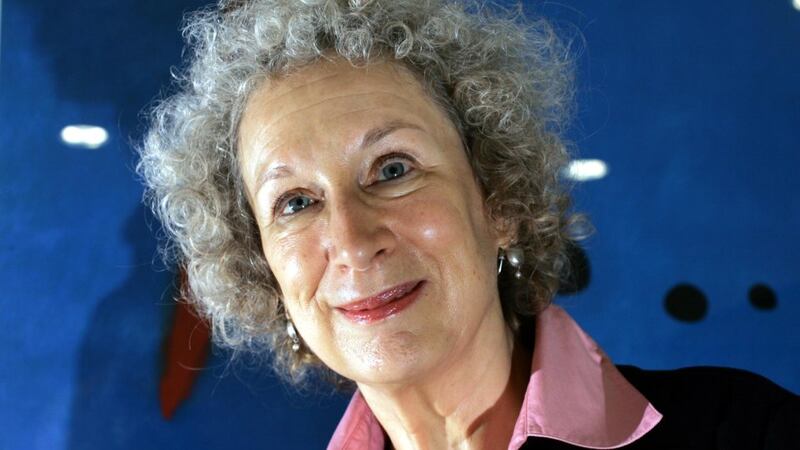Poetry
Surgery, libido issues, the clampers and Syria are among the assorted topics of
The Days of Surprise

(Harvill Secker, March), by Paul Durcan.
Paul Muldoon’s 12th collection,
One Thousand Things Worth Knowing
(Faber, January), turns a watchful eye on everyday worlds.
The Australian poet and broadcaster Clive James looks back over his life without regret, and with unflinching honesty, in
Sentenced to Life
(Picador, April).
More than a century of Portuguese verse, from Pessoa’s heteronyms onwards, is surveyed in
28 Portuguese Poets: A Bilingual Anthology
(Dedalus Press, February), edited by Richard Zenith.
Justin Quinn’s
Early House
(Gallery Press, June) promises contemporary European themes embraced in classic forms.
Muse
(Dedalus Press, April), by Gerry Murphy, gives an irreverent and clear-eyed view of contemporary society, while
For Now
(Gallery Press, June), by the Irish Times poetry critic John McAuliffe, is introduced as his most ambitious collection to date.
An Bhé Ghlas
(Leabhar Breac, March), by Cathal Ó Searcaigh, has a political charge, ranging in topic from Palestine to ecological concerns.
Clasp
(Dedalus Press, April) is the bilingual poet Doireann Ní Ghríofa’s debut collection in English, while
The Boys of Bluehill
(Gallery Press, February) is Eiléan Ní Chuilleanáin’s first collection since her award-winning The Sun-fish.
Gearóid Mac Eoin’s
Filíocht agus Prós ón tSean- agus ón Meán-Ghaeilge
(Cló Iar-Chonnacht, April) offers a book-and-CD package of older Irish poems and sayings.
For poems with historic resonance, try
A Terrible Beauty: Poetry of 1916
(O’Brien, April), by Mairéad Ashe FitzGerald, an illustrated giftbook celebrating the poets of the Rising.
Literature and language
Who better to talk about books than masters of the craft?
The Pleasure of Reading
(Bloomsbury, April), by Antonia Fraser and Victoria Gray, asks 40 acclaimed writers to share their literary interests and inspirations. First published in 1992, with authors such as JG Ballard and Margaret Atwood, this collection also includes essays from 10 new writers.
In The Nearest Thing to Life
(Jonathan Cape, April) the critic James Wood explores how reading improves our lives, while
The Good Story
(Harvill Secker, May), by JM Coetzee and Arabella Kurtz, discusses the human inclination for stories. Francis O’Gorman traces the rise of anxiety over the course of the 20th century in
Worrying: A Literary and Cultural History
(Bloomsbury, July).
Paul Reiter’s
Bambi’s Jewish Roots
(Bloomsbury, July) studies German-Jewish writing between the two World Wars.
Voices on Joyce
(UCD Press, April), edited by Anne Fogarty and Fran O’Rourke, looks at Joyce’s work from a variety of new perspectives, such as philosophy, music, history and sport.
The Irish Novel, 1800-1910, by George O’Brien
(Cork University Press, May), is a collection of 30 essays on 19th-century Irish fiction.
André Bernold’s
Beckett: A Friendship
(Lilliput, May), translated by Max McGuinness, features walks and Socratic talks in the Luxembourg Gardens.
Agus ar deireadh, Cruinneas
(Cois Life, September), by Antain Mac Lochlainn, lists the words commonly misused by Irish-language learners.









